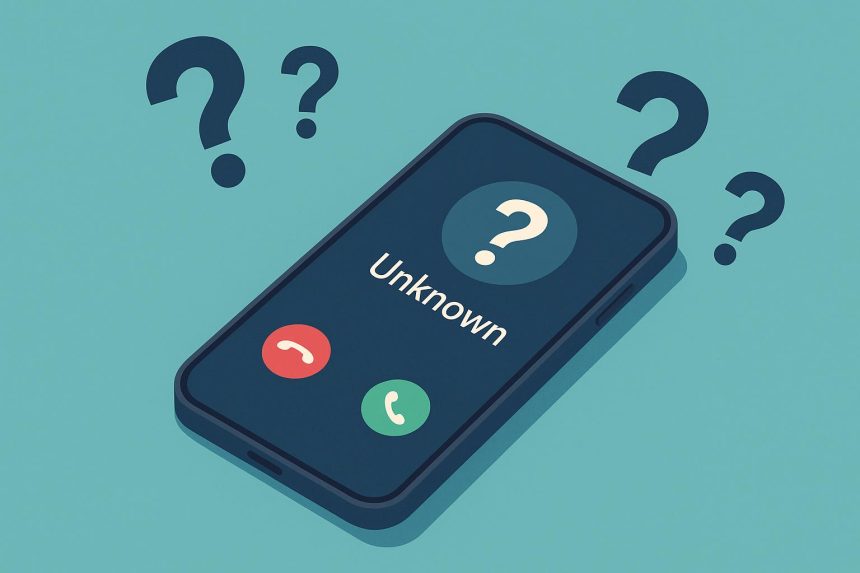An unknown call or text can throw off your day. You just want to know whose number is this and whether you should reply. A quick reverse phone lookup can help you decide what to do next without risking your privacy.
WhoseNo makes it easy to check a number in seconds. Results may include reported names, general location, recent spam reports, and risk flags when available. Try it now: [Check a number now]. If you care about data use, you can also [Learn about privacy].
Why unknown numbers appear
There are many harmless reasons for a mystery call. It could be a delivery update or a doctor’s office with a reminder. Friends sometimes get a new number and forget to tell you.
It might also be a bank, a job recruiter, or a school. On the other hand, it could be a marketing call or a spoofed scam. That’s why a calm check is worth the minute.
First steps before you call back
Calling back right away isn’t always the best move. Take a breath and work through a short plan. You’ll get answers and stay safe.
Quick checklist to handle an unknown number
- Search the full number with country code using a reverse phone lookup tool.
- Check your voicemail for any clear message or callback info.
- Read recent texts from the same number for context you might have missed.
- Look at your calendar or recent orders to rule out deliveries or appointments.
- Scan for signs of spam like many recent complaints or high risk flags.
- If the number looks unsafe, block it and report it.
- If it seems legit, call back from a safe line or reply by text with care.
How WhoseNo helps
WhoseNo is built for everyday users who need fast answers. Searches are instant, easy, and privacy aware. When available, results may include public info such as reported names, general location, related businesses, and spam risk signals.
You don’t need to be a tech expert. Type the full number, including the country code if you have it, and run an reverse phone lookup. You’ll see what other users have reported and whether the number looks safe to engage. Ready to try? [Check a number now].
Step by step: do a smart unknown number search
H3: Format the number correctly
Type the number as it appears on your phone. If you can, add the country code. In the US, that’s +1 followed by the area code and number.
If you’re outside the US, include your local country code like +44 for the UK or +61 for Australia. This helps tools match the right listing and avoids false results.
H3: Run one or two checks
Start with one trusted reverse phone lookup. If the result is unclear, try a second tool to compare. Look for consistent details such as the same business name or location.
Don’t rely on one comment alone. A pattern of reports is more useful than a single review. Use your judgment and move slow if you see mixed signals.
H3: Review voicemail and texts
Many legit callers leave a short voicemail with a name and reason. A real business often tells you which account or order they’re calling about. Check texts too, since delivery services and clinics often text first.
If the message asks for codes or payment, pause. Verify through the official website or app instead of the message thread.
Safety and legality in simple terms
Your goal is to identify unknown caller details for your own safety. That’s legal in many places, but rules can vary. Be kind and don’t publish private details about another person.
Don’t threaten, harass, or record calls where it’s not allowed. If you suspect a scam or fraud, report it to your local authority. See [FTC guidance] and [Consumer advice] for practical steps.
A real-life example: missed interview callback
Maya missed a call during a commute. She wondered, “whose number is this” and ran a reverse phone lookup. The result showed a staffing agency and a low spam risk.
She checked voicemail and found a message about a second interview slot. She called back, confirmed the details, and landed the meeting. A two minute check saved her chance.
A quick cautionary story: spoofed caller ID
Raj got a ring from what looked like his bank’s number. The caller asked for a one time passcode. That didn’t feel right.
Raj hung up and called the bank using the number on the back of his card. The bank confirmed it was a spoofed call. He changed his password and turned on extra alerts. When in doubt, contact the company through an official channel.
Find who called me without stress
People search for phrases like find who called me, identify unknown caller, or unknown number search because they need fast clarity. You don’t have to pick up every time. A short check guides your decision.
If the number matches a local clinic or delivery window, you can call back right away. If it shows lots of complaints, blocking keeps you safe and saves time.
Notes for US and international readers
Phone formats differ across countries. The country code sits before the number, like +1 for the US and +91 for India. Some regions display spaces or leading zeros that drop when you add the country code.
Not every carrier or country shares the same level of data. Availability can vary, and some numbers may have limited public info. That’s normal, so use more than one clue before you decide.
What to do if you think it’s a scam
Hang up or don’t reply. Don’t share codes, passwords, or banking info. Use your provider’s tools to block and report the number.
Log into accounts through official apps or saved bookmarks, not through links in texts. If you lost money or shared sensitive info, contact your bank and file a report using resources like FTC guidance.
Extra tips to reduce unwanted calls
Put your number on your country’s do not call list if available. Use your phone’s block and filter settings. Many providers also offer free spam call filtering.
Be careful where you post your number online. Keep accounts private where you can. Small steps make a big difference over time.
Example scenario: texting back safely
You got a text that says a package is waiting. You search the full number with a reverse phone lookup and see mixed reports. You then open your delivery app and check for updates.
The app shows no pending package. You block the number and delete the text. That quick check saves you from a phishing link.
Ready to check a number?
You can get answers in seconds with WhoseNo. It’s fast, simple, and privacy conscious. Try it now to see if a caller is known, likely spam, or something in between. [Check a number now] or [Learn about privacy] to understand how your data is handled.
FAQ
How do I find out whose number is this?
Start by typing the full number, including the country code, into a trusted lookup tool. Check voicemail and recent texts for context before you respond.
Is it safe to return a call to an unknown number?
It depends on what you find. If the lookup shows a trusted business or person and the voicemail makes sense, call back. If there are spam flags, block and move on.
What is reverse phone lookup and how does it work?
A reverse phone lookup lets you search a phone number to see public reports and related info. You can often view a name, location, or spam risk when available.
Can I identify a number from another country?
Often, yes. Include the country code, like +44 or +61, and run a search. Results can vary by region and carrier.
How do I stop spam calls?
Use your phone’s block list and ask your carrier about filtering tools. Report bad numbers and avoid sharing your number on public sites.
Lynn Martelli is an editor at Readability. She received her MFA in Creative Writing from Antioch University and has worked as an editor for over 10 years. Lynn has edited a wide variety of books, including fiction, non-fiction, memoirs, and more. In her free time, Lynn enjoys reading, writing, and spending time with her family and friends.















